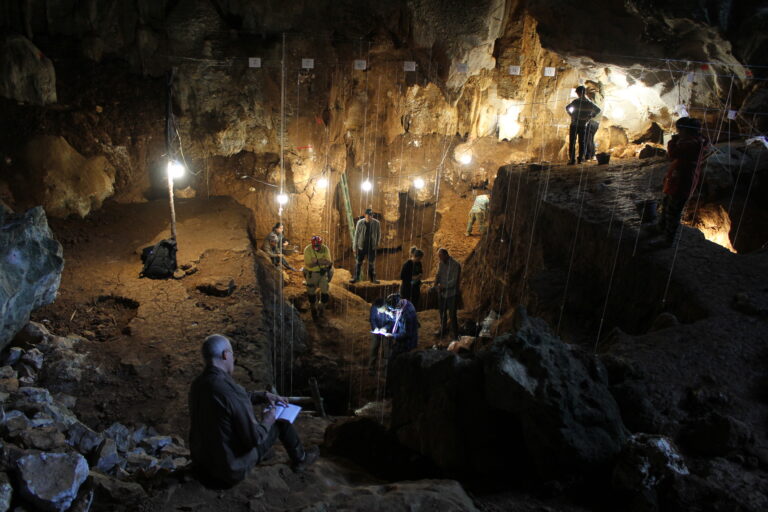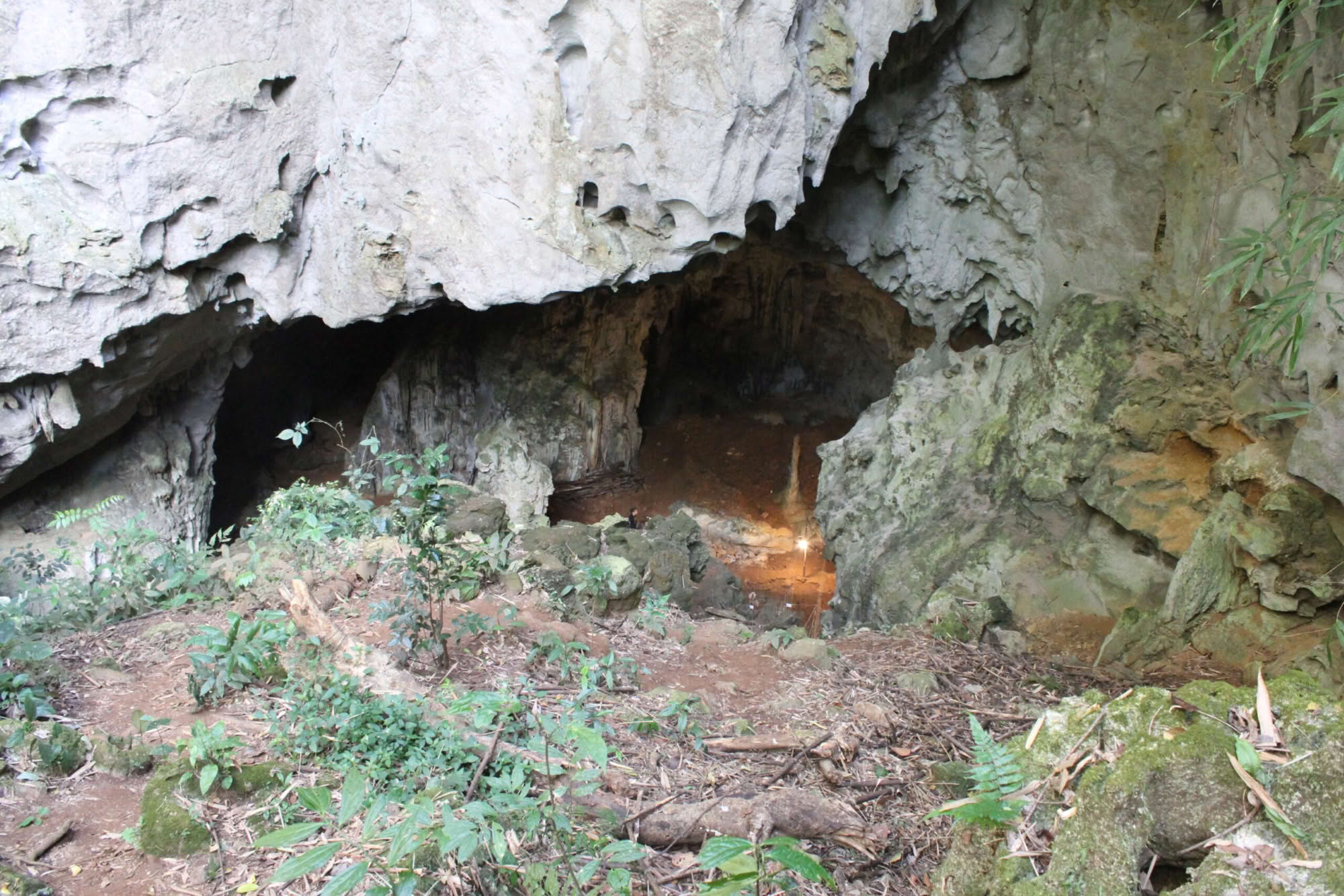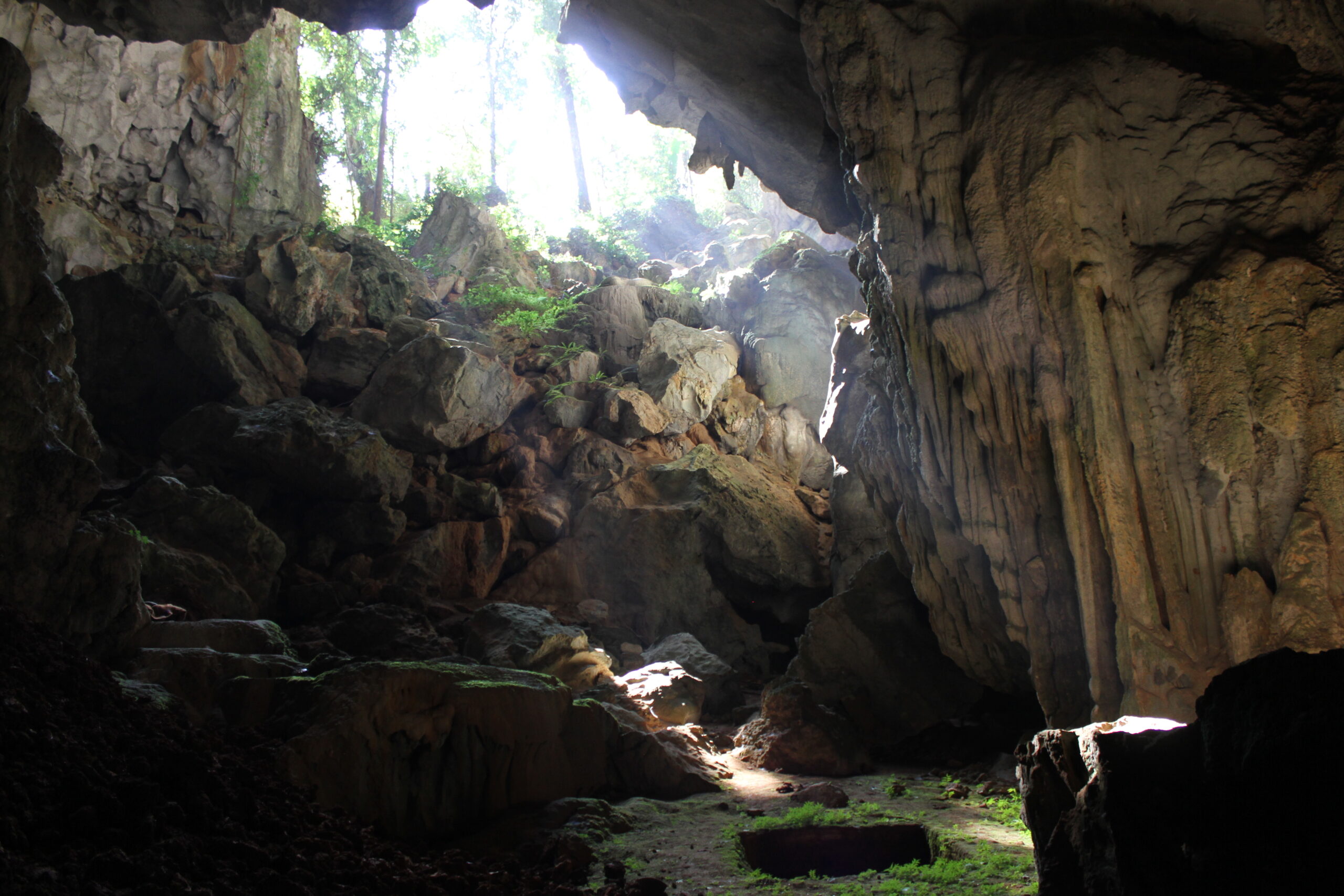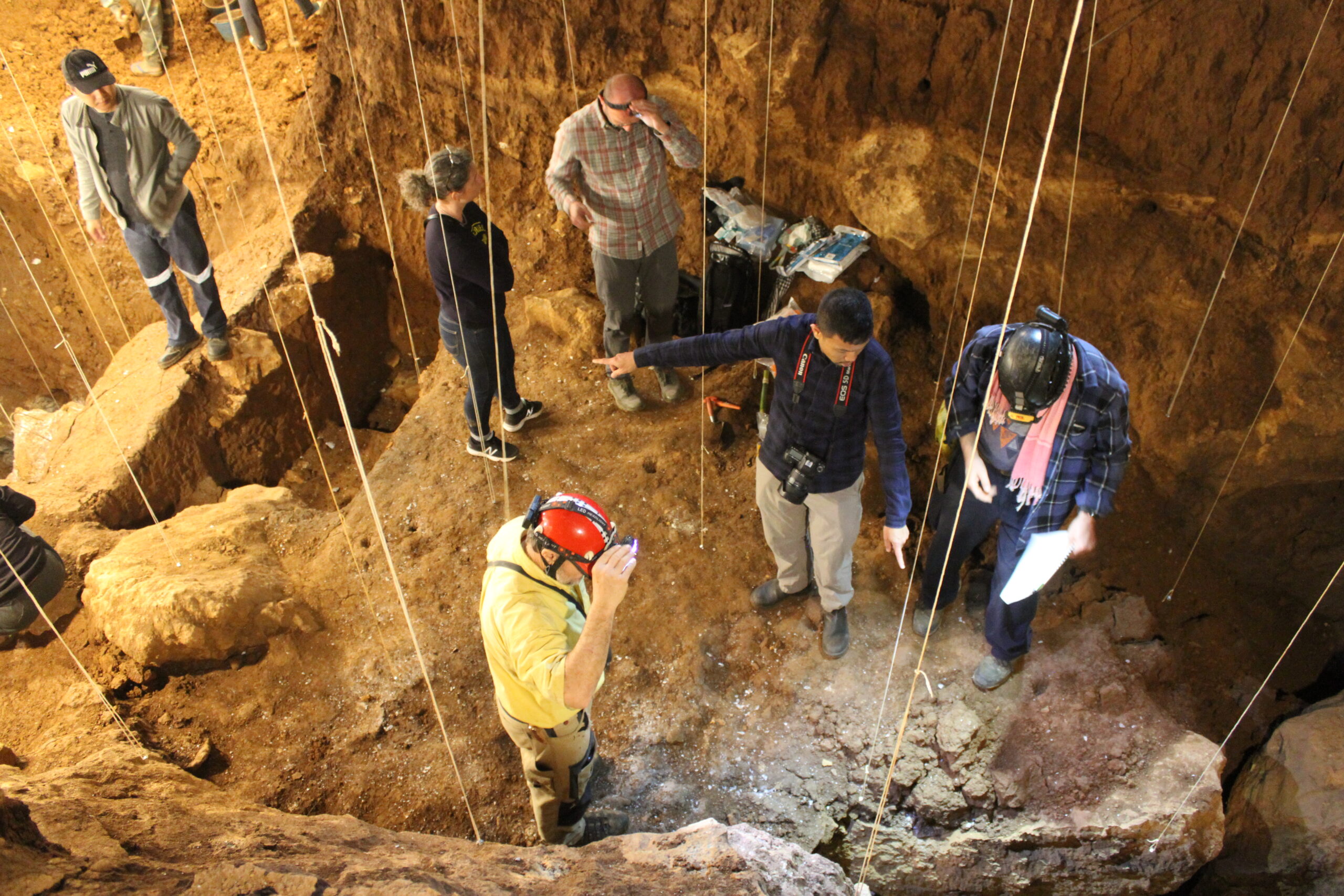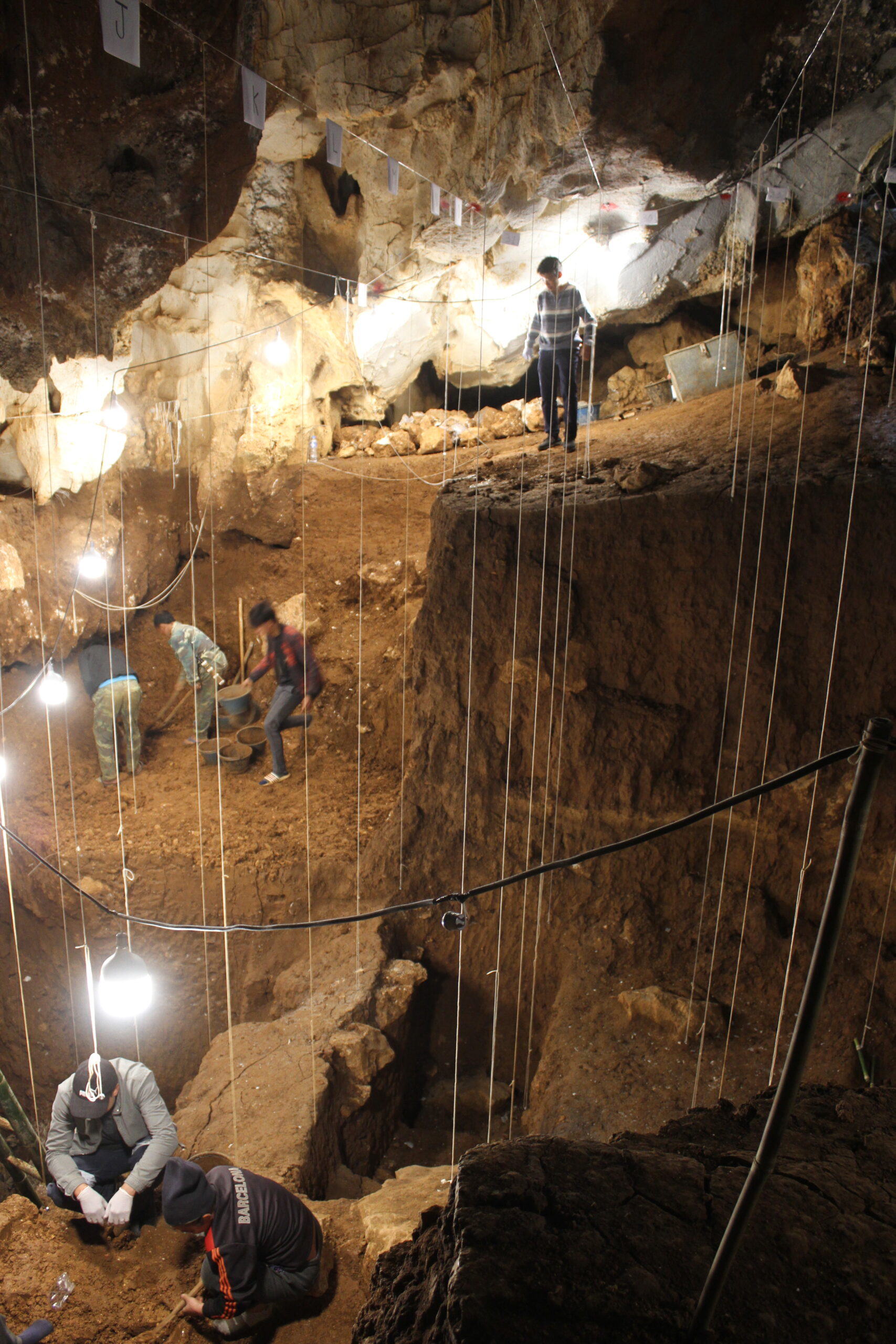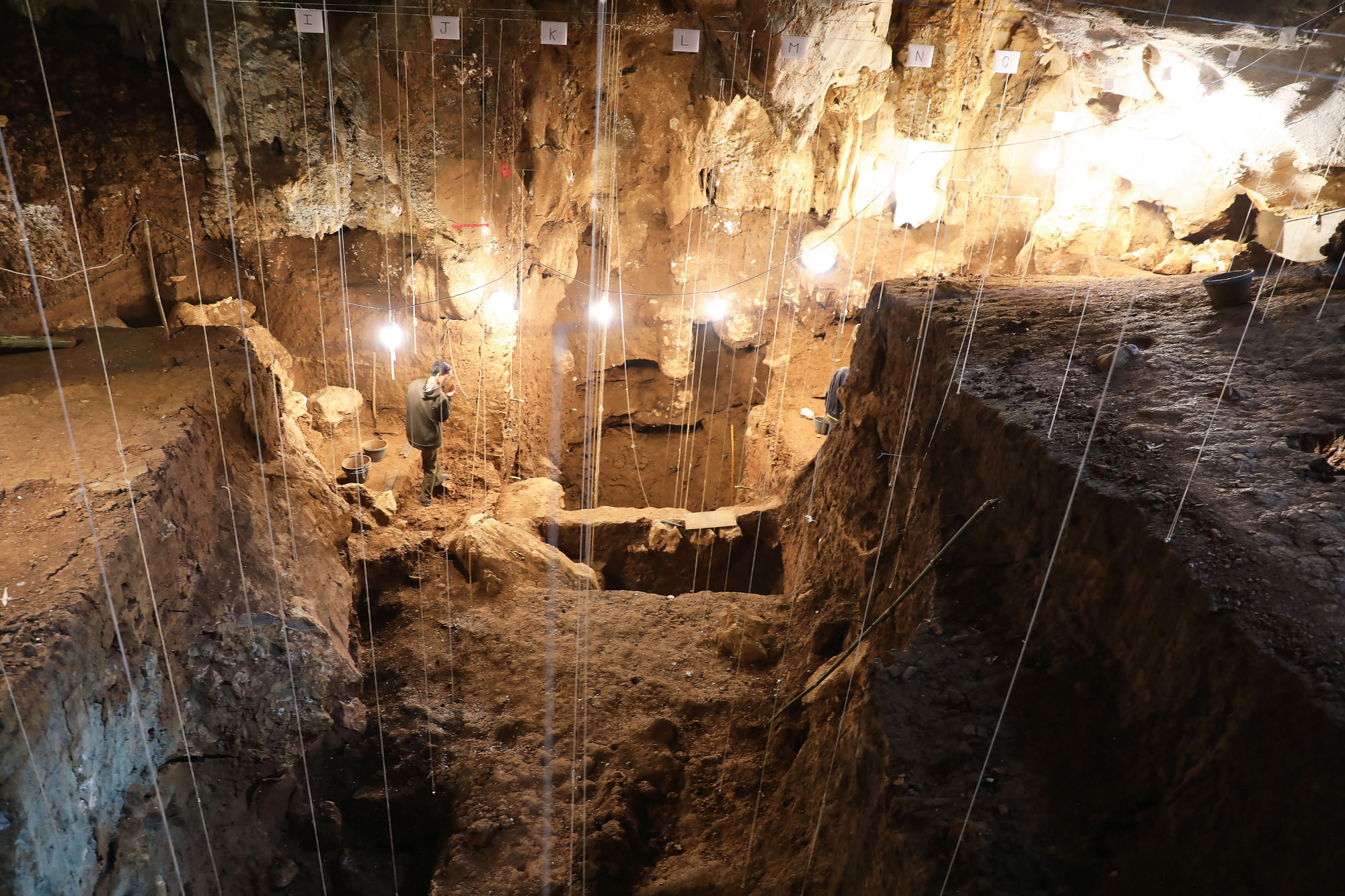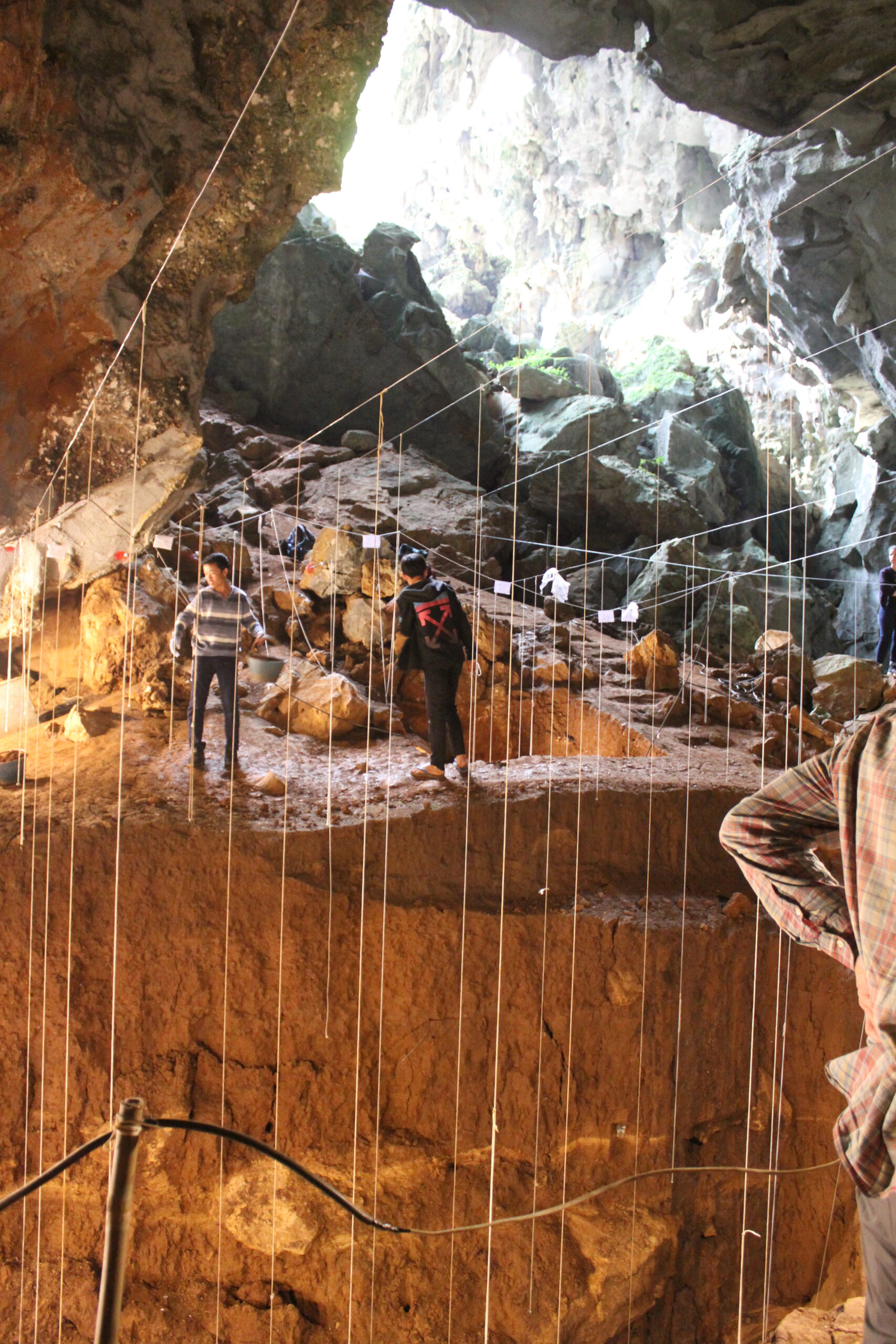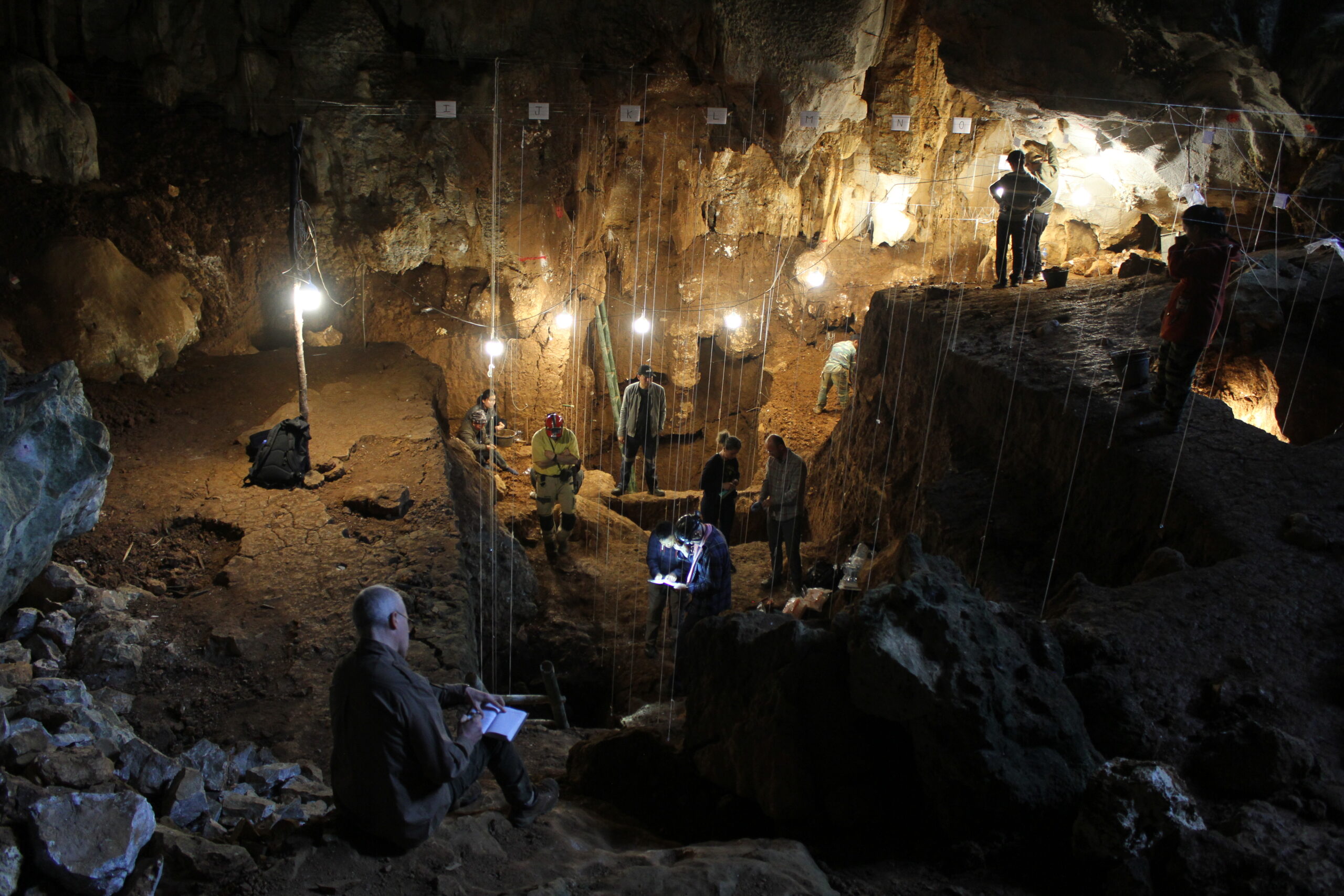Researchers get rare glimpse of our first ancestors in Southeast Asia: an international team of researchers has discovered indisputable evidence of a human presence at Tam Pà Ling, in mainland Southeast Asia, between 86,000 and 68,000 years ago – thousands of years earlier than previously thought.
Uncovered in Tam Pà Ling, a cave in the Annamite Mountains in northern Laos, various fossils reveal new insights about the earliest human journeys from Africa to Australia, including possible migration paths. The research also confirms that our ancestors didn’t just follow coastlines and islands. They travelled through forested regions, most likely along river valleys. Some then moved on through Southeast Asia to become Australia’s First People.
Macquarie University was one of three Australian universities to contribute to the project, the findings of which were published today in Nature Communications.
“This really is the decisive paper for the Tam Pà Ling evidence,” says Macquarie University geochronologist Associate Professor Kira Westaway. “Finally, we have enough dating evidence to confidently say when Homo sapiens first arrived in this area, how long they were there and what route they may have taken.”
Evidence of our earliest journeys from Africa into Southeast Asia has historically focused on island locations such as Sumatra, Philippines and Borneo. When the first excavation in Tam Pà Ling resulted in the discovery of a human skull and mandible in 2009, attention shifted, but dating challenges surfaced.
Tam Pà Ling is a World Heritage area so the fossils are protected by Laotian law and could not be directly dated. Furthermore, the site had minimal animal bones or suitable cave decorations to date and is too old for radiocarbon dating.
Now, a timeline has been established using various techniques, most significantly luminescence dating, facilitated by researchers at Macquarie and Southern Cross universities. Luminescence dating relies on a light-sensitive signal that is reset to zero when exposed to light but builds up over time when shielded from light during burial. It was originally used to constrain the burial sediments that encased the fossils.
“Without luminescence dating, this vital evidence would still have no timeline and the site would be overlooked in the accepted path of dispersal through the region,” says Associate Professor Westaway. “Luckily the technique is versatile and can be adapted for different challenges.”
Luminescence dating returned a minimum age of 46,000 years – a chronology in line with the expected timing of Homo sapiens’ arrival in Southeast Asia.
Moreover, regular excavations between 2010 and 2023 revealed increasingly more evidence that Homo sapiens had passed through en route to Australia. Seven pieces of human skeleton were found at intervals through 4.5 metres of sediment, pushing the potential timeline far back into the realms of the earliest Homo sapiens migrations to the region.
Uranium-series dating of a stalactite tip that had been buried in sediment, and the use of uranium-series dating coupled with electron-spin resonance dating techniques to two rare but complete bovid teeth, unearthed at 6.5 metres.
“Having direct dating of the fossil remains confirmed the age sequence obtained by luminescence, allowing us to propose a comprehensive and secure chronology for a Homo sapiens presence at Tam Pà Ling,” says Southern Cross University geochronologist Associate Professor Renaud Joannes-Boyau.
The team supported the dating evidence with a detailed analysis of the sediments to assess the origin of the fossils using micromorphology, a technique that examines sediments under a microscope to establish the integrity of the layers. This key component of the new chronology helped establish that there was a consistent accumulation of sedimentary layers over a long period.
“Far from reflecting a rapid dump of sediments, the site represents a consistent and seasonally deposited stack of sediments,”
explains Flinders University geoarchaeologist Associate Professor Mike Morley, who worked with PhD students Vito Hernandez and Meghan McAllister-Hayward.
The new chronology revealed there had a been a human presence in this area for more than 56,000 years. Furthermore, the age of the lowest fossil at seven metres – a fragment of a leg bone – provides a timeline for modern human arrival in this region of between 86,000 and 68,000 years ago. This pushes back the arrival time in mainland Southeast Asia by approximately 40,000 years. Although, according to the genetics, these early migrations did not contribute significantly to our modern-day populations.
Tam Pà Ling cave is very close to the recently discovered Cobra Cave, which was frequented by Denisovans approximately 70,000 years earlier. Despite the previous lack of evidence for early arrival in mainland Southeast Asia, this area might be a previously used dispersal route among our ancestors, long before Homo sapiens.
“We have much to learn from the caves and forests of Southeast Asia,” adds Associate Professor Westaway.
Bibliographic information:
Early presence of Homo sapiens in Southeast Asia by 86–68 kyr at Tam Pà Ling, Northern Laos, Nature Communications (13-Jun-2023), DOI: 10.1038/s41467-023-38715-y
Press release from Macquarie University.

